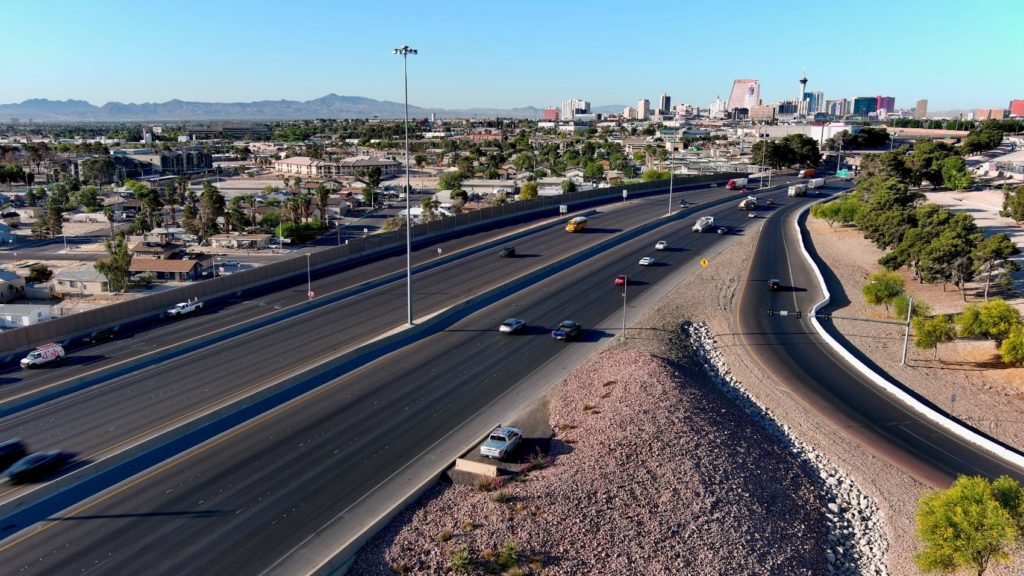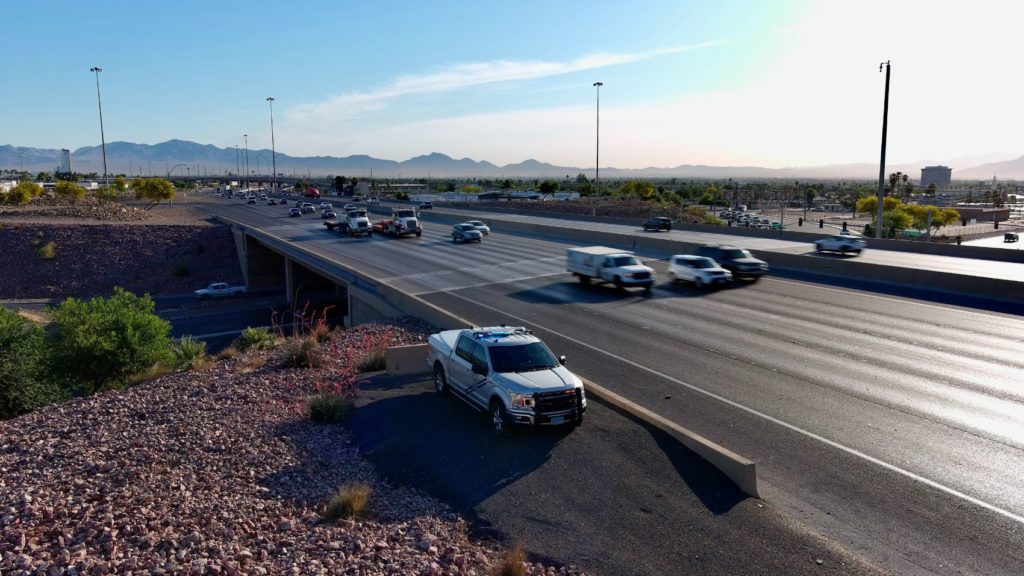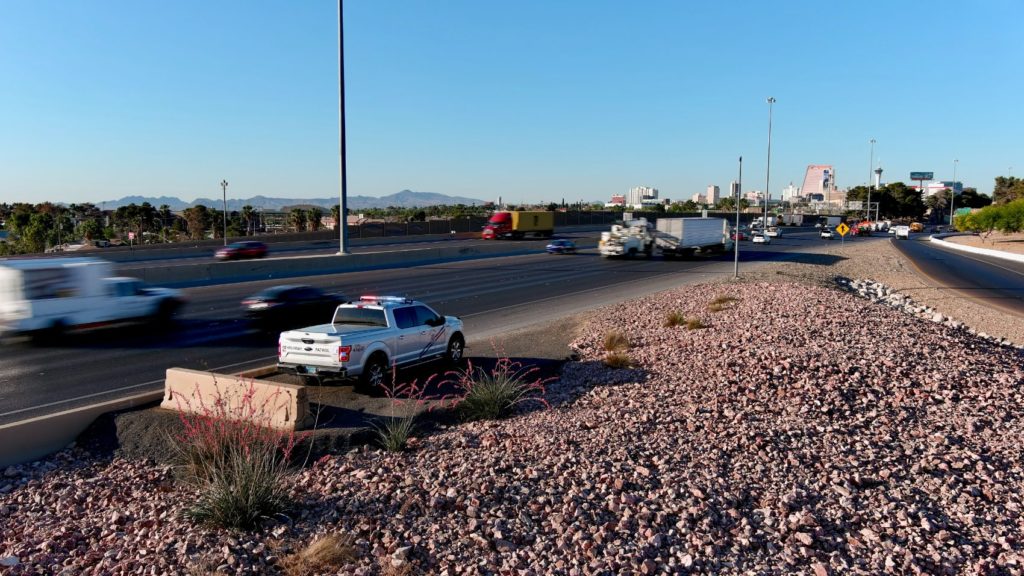Waycare has announced the results of a year-long program aimed at curbing traffic incidents on Southern Nevada roadways. The program, assisted by the combined efforts of law enforcement and traffic operations officials, leveraged Waycare’s predictive AI to reduce crashes on select corridors in Southern Nevada. The Nevada Department of Public Safety (DPS) Highway Patrol (NHP) Division, the Regional Transportation Commission of Southern Nevada (RTC), and the Nevada Department of Transportation (NDOT) each participated in the program.
AI & Intelligent Transportation Systems
The program, funded by the National Safety Council’s Road to Zero grant, was awarded to the agencies to expand the use of AI, intelligent transportation system devices, and strategic police positioning to decrease speed on high-risk roads. “The Road to Zero program should serve as a blueprint for scalable and effective future strategies combining both technology and interagency collaboration,” said Noam Maital, CEO of Waycare.
Waycare uses proprietary AI algorithms to identify specific corridors and times at a higher risk of crashes derived from existing local data sets. Based on the analysis of Southern Nevada, the deployment focused on three critical corridors along I-15 Northbound near Russell Rd., US-95 Southbound near Jones Blvd., and I-15 Southbound near Lake Mead Blvd.
“Educating drivers and changing roadway design is not enough to combat the rising number of fatalities on our roads,” Maital continued. “AI offers an opportunity to change the rules of the game – we can leverage predictive analytics to proactively prevent crashes.”
Role of Law Enforcement
NHP troopers were periodically positioned at strategic traffic management sites (shown in the photos above). The visible presence of law enforcement was meant to deter speeding and other forms of reckless or distracted driving. Similarly, the RTC regularly activated dynamic messaging signs to reinforce speed limits and preemptively slow traffic.
“The combination of emerging technologies together with the collaboration of law enforcement has proven to be successful in enhancing safety, preserving capacity, and effectively communicating with Southern Nevada drivers,” explained M.J. Maynard, RTC chief executive officer. “The use of AI-based insights helped identify potential target areas, allowing us to increase safety and plan for preventative actions in the future.”
“The Nevada DPS Highway Patrol’s priority is the safety of Nevada’s roadways,” said Colonel Anne Carpenter with the Nevada DPS Highway Patrol. “This program is one way we can work together with our partnering agencies to help prevent fatalities and serious injury crashes.”
Key Findings
The results showed an 18 percent reduction in primary crashes and a 43 percent reduction in the percentage of speeding drivers along the corridors. In addition, a cost-benefit analysis showed a 16x return on the initial investment and more than three million in economic benefits and savings ($3,000,993 to be exact). The economic benefit comes from the preventing of property damage, medical costs, productivity loss caused by travel delays, and other agency incurred expenses due to road crashes.
Further Reading
A full report of the project’s findings and results can be found in Waycare’s whitepaper: Southern Nevada Road to Zero Program: A Comprehensive Report on the Impact and Economic Savings of Predictive Analytics and Preventive Activities on Driver Speed and Vehicle Crashes in Las Vegas.
“Waycare’s innovative program has shown real promise in helping improve traffic safety across Southern Nevada,” said Kristina Swallow, Director of NDOT. “As NDOT continues to build wireless infrastructure throughout Nevada, programs leveraging crowdsource technology such as Waycare may prove to be a cost-effective strategy in providing a quick and proactive incident response.”






